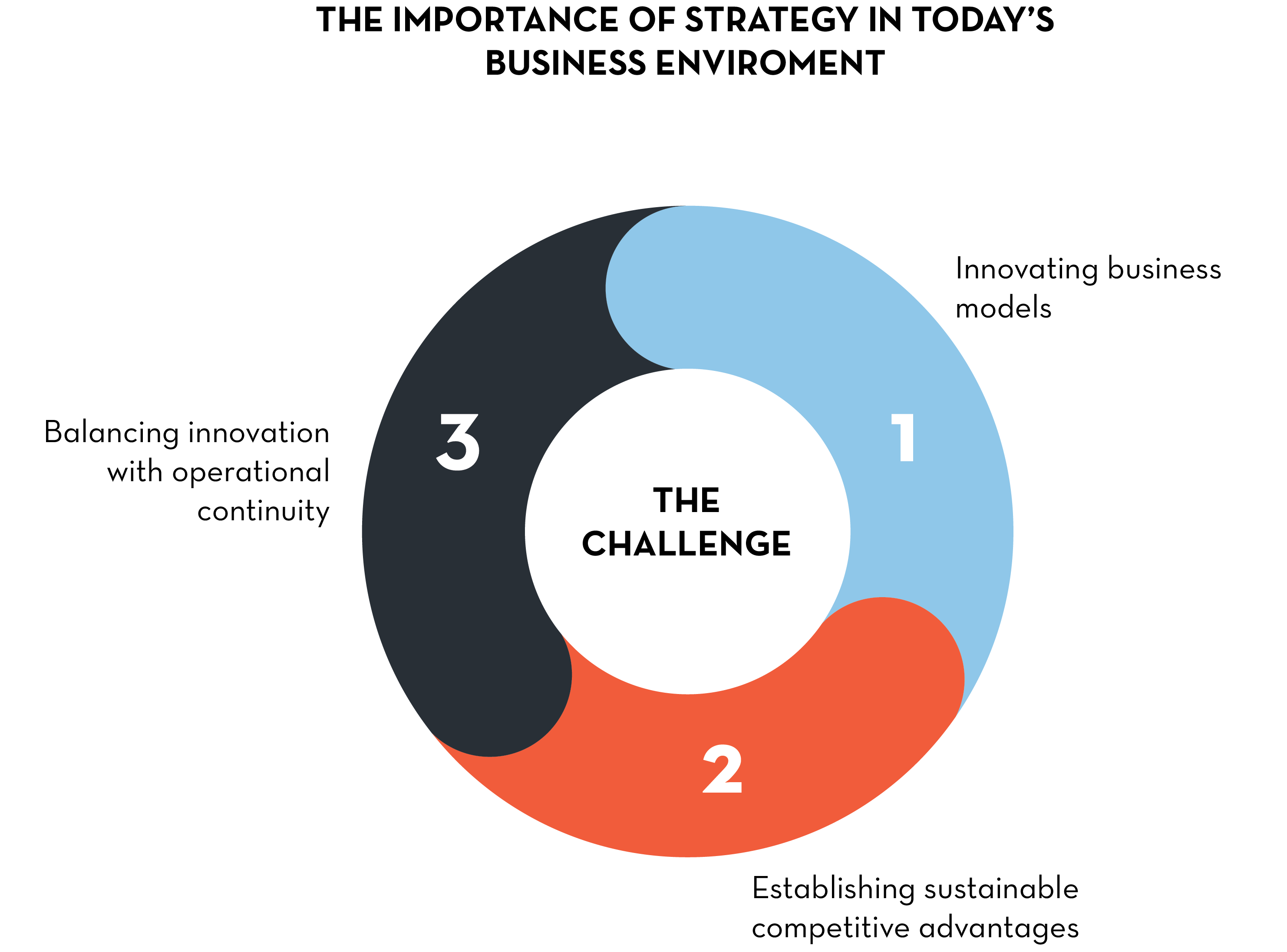Ameyally García
6 Reasons Strategic Plans Fail
Embarking on a strategic journey often mirrors the commitment of a New Year's resolution. Initially, there's a surge of motivation—a recognition that a particular aspect of life warrants improvement. Ideas flourish, goals are set, and enthusiasm fuels the journey. Progress begins, tangible improvements are witnessed, and momentum builds.
Yet, inevitably, life intervenes. The routine challenges, obligations, and unexpected curveballs quickly accumulate, overwhelming the best-laid plans. Suddenly, the time and energy once dedicated to advancing towards our goals are swallowed up by the demands of daily life, leaving our aspirations sidelined and unattended.
Why Strategy matters
Strategy isn't merely planning; it's a deliberate decision-making process aimed at positioning the company for continuous improvement and success. In today's competitive business environment, strategy is indispensable for all companies. Regardless of size or industry, organizations face similar challenges:

To address these challenges, organizations must prioritize strategic planning and management. However, those who have previously embarked on a strategic process know just how difficult it can be to navigate these challenges.
6 reasons a strategy can fail
1. UNCLEAR VISION
2. POOR FORMULATION OF TEAMS
While it's commonly understood that leadership plays a crucial role in any strategy's success, it's overly simplistic to attribute failed strategies solely to leadership shortcomings. In reality, effective leadership involves more than just setting the strategic direction; it also requires the ability to build and nurture high-performance teams.
An unclear vision is a recipe for strategic failure. Without a clear direction to guide decision-making and actions, organizations risk confusion, misalignment, and inefficiency. When teams lack a defined purpose and goals, strategic initiatives become disjointed and progress stalls, ultimately leading to failure.
Symptoms of unclear vision
+ Misaligned objectives
+ Misaligned objectives
+ Lack of buy in
+ Aimless projects and initiatives
+ Frequent changes in direction
2. POOR FORMULATION OF TEAMS
While it's commonly understood that leadership plays a crucial role in any strategy's success, it's overly simplistic to attribute failed strategies solely to leadership shortcomings. In reality, effective leadership involves more than just setting the strategic direction; it also requires the ability to build and nurture high-performance teams.
Organizations consist of individuals with diverse thinking styles and skill sets. Unfortunately, many companies struggle to assemble the right teams for their strategic initiatives. This misalignment between team composition and strategic objectives can significantly hinder progress and contribute to strategy failures.
Symptoms of poor formulation of teams
+ Slow progress
+ Lack of agreement on project outcomes
+ Increased friction
3. LIMITED FOLLOW UP
Monitoring performance serves as a vital indicator that the organization's strategy remains a priority among its leaders. Before diving into strategy execution and project development, organizations must establish a regular cadence for assessing their progress. This regular review process, known as the strategic rhythm, involves evaluating the strategy's direction, project performance, and key performance indicators (KPIs).
The strategic rhythm ensures that the organization stays aligned with its goals and objectives. By systematically reviewing these elements, leaders can identify areas of success, pinpoint challenges, and make informed adjustments to keep the strategy on track.
Symptoms of limited follow-up:
+ Misinformed team
+ Missed deadlines
+ Dissatisfied customers
4. OUTDATED TOOLS
Dependence on outdated tools such as PowerPoint and Excel for project tracking and collaboration can severely impede the management process of a strategic plan. An effective management system should prioritize simplicity and automation, freeing employees to concentrate on high-value tasks.
Symptoms of outdated tools
+ Limited collaboration
+ Inconsistent communication
+ Challenges in tracking activities
+ Decentralized information
5. LACK OF BUY IN
Involving key individuals throughout the process of defining and creating a strategy can be the decisive factor between success and failure. While it's impractical to involve every person in the organization, it's crucial that your creative team—the team responsible for formulating the strategy—is diverse in opinion, position, and function. This diversity ensures that the strategy benefits from a broad range of perspectives.
Symptoms of a lack of buy in
+ Disconnection between formulation and execution
+ High resistance to change
+ Disgruntled employees
6. FAILURE TO ADAPT TO THE DAY TO DAY
Strategies should seamlessly integrate into an organization's daily operations. Too often, organizations struggle to align with strategic demands, resulting in lost momentum and eventual initiative failure. This occurs because organizations often segregate their daily operations from strategy when, in fact, they should be closely intertwined.
Symptoms of failure to adapt to the day to day
+ No time for frequent follow up meetings
+ Abandoning projects
+ Constant scope change
CONCLUSION
Strategies don't fail because of the hardworking people dedicated to their success; they fail because of the environment in which they are implemented. The primary cause of strategic failure is often the lack of adequate time and investment in designing and preparing the strategy for execution.
To overcome this, organizational leaders must ensure their strategies are closely aligned with their vision, daily activities, creativity, and technology.
How We Can Help
Explore our course, Lean Strategy Innovator, and discover how our 5-step framework can address these pitfalls. Learn how to craft creative strategies that enhance your organization's competitive advantage and performance.
Latest from our blog

Copyright © 2024
Company
-
About
-
Careers
-
Team
-
Contact
Legal
-
Privacy Policy
-
Terms of Use
-
Cookie Policy

